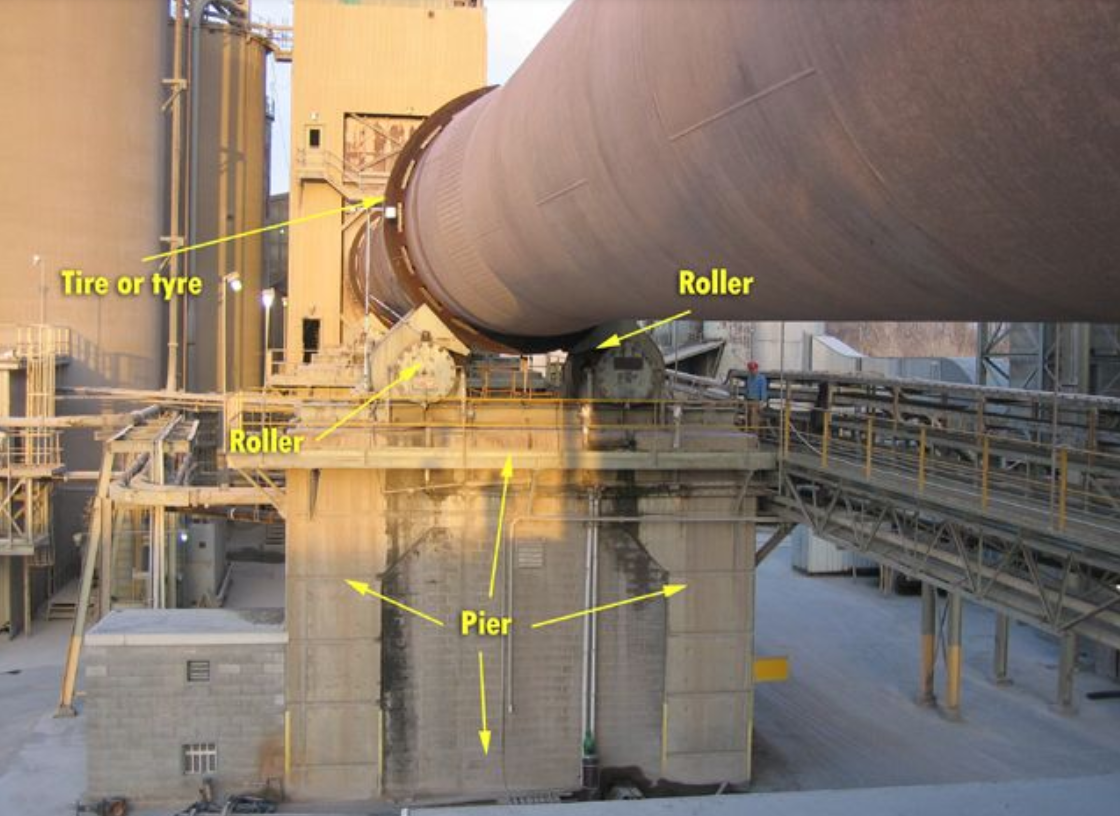Contents
Laser Techniques in Cement Factories: A Comprehensive Guide

TO Download this post and all the books and excel sheets and my personal notes and presentations I collected bout cement industry click the below paypal link
Laser Techniques in Cement Factories: A Comprehensive Guide
The cement industry is continually seeking innovative solutions to improve efficiency, quality, and safety. Laser technology has emerged as a critical tool in achieving these goals. This comprehensive guide explores the various laser techniques used in cement factories, detailing their applications, benefits, and future potential.
Table of Contents
- Introduction to Laser Technology in Cement Manufacturing
- Types of Laser Techniques
- Laser Scanning
- Laser Alignment
- Laser-Induced Breakdown Spectroscopy (LIBS)
- Laser Cladding
- Applications of Laser Technology in Cement Factories
- Quality Control
- Maintenance and Inspection
- Safety Enhancements
- Case Studies and Real-world Applications
- Advantages of Laser Technology
- Challenges and Limitations
- Future Trends in Laser Technology for Cement Manufacturing
- Conclusion
1. Introduction to Laser Technology in Cement Manufacturing
Laser technology involves the use of focused light beams to perform various tasks with high precision. In the cement industry, lasers are used for tasks ranging from equipment alignment to material analysis, offering significant improvements over traditional methods.
2. Types of Laser Techniques
Laser Scanning
Laser scanning, also known as LiDAR (Light Detection and Ranging), is used to create detailed 3D models of structures and environments. In cement factories, laser scanning helps in mapping plant layouts, monitoring wear and tear, and optimizing space utilization.
Laser Alignment
Laser alignment tools are essential for ensuring the precise alignment of critical equipment such as kilns, mills, and conveyor belts. Proper alignment reduces wear and tear, improves efficiency, and extends equipment lifespan.
Laser-Induced Breakdown Spectroscopy (LIBS)
LIBS is a type of spectroscopy that uses laser pulses to analyze the composition of materials. In cement production, LIBS can be used for real-time analysis of raw materials and clinker, ensuring consistent quality and optimizing the production process.
Laser Cladding
Laser cladding involves the use of laser beams to deposit material onto a substrate, enhancing its properties. This technique is used to repair and strengthen worn-out components in cement factories, such as rotary kilns and grinding rolls.
3. Applications of Laser Technology in Cement Factories
Quality Control
Lasers provide high precision in measuring and analyzing materials. LIBS, for instance, offers real-time compositional analysis of raw materials and clinker, ensuring consistent quality of the final product. Laser scanning can also detect structural defects early, maintaining high standards in production.
Maintenance and Inspection
Laser alignment tools ensure that machinery is precisely aligned, reducing the risk of mechanical failures. Laser scanning aids in routine inspections by providing detailed 3D models of equipment, highlighting areas that need maintenance or replacement.
Safety Enhancements
Laser technology enhances safety in cement factories by providing accurate and non-invasive methods for monitoring equipment and environments. For example, laser scanning can be used to create virtual models of hazardous areas, allowing for safe and remote inspection.
4. Case Studies and Real-world Applications
Case Study 1: Improving Kiln Alignment with Laser Technology
A cement plant in Europe implemented laser alignment tools for their rotary kilns. The precise alignment reduced downtime and maintenance costs by 15%, significantly improving operational efficiency.
Case Study 2: Enhancing Raw Material Analysis with LIBS
A North American cement factory integrated LIBS technology into their quality control process. The real-time analysis provided by LIBS allowed for immediate adjustments in the production process, ensuring consistent product quality and reducing waste.
5. Advantages of Laser Technology
- Precision: Lasers offer high precision in measurements and material analysis.
- Efficiency: Laser techniques streamline processes, reducing downtime and operational costs.
- Safety: Non-invasive laser methods enhance safety by allowing remote inspections and analysis.
- Quality Control: Real-time data from laser techniques improve the consistency and quality of the final product.
6. Challenges and Limitations
- Cost: Initial setup and maintenance of laser equipment can be expensive.
- Training: Specialized training is required to operate and maintain laser systems.
- Environmental Factors: Dust and vibrations in cement factories can affect the accuracy of laser measurements.
7. Future Trends in Laser Technology for Cement Manufacturing
The future of laser technology in cement manufacturing looks promising, with ongoing advancements in areas such as:
- AI Integration: Combining laser technology with artificial intelligence for predictive maintenance and process optimization.
- Portable Devices: Development of more portable and user-friendly laser tools for on-site applications.
- Enhanced Accuracy: Continued improvements in laser precision and reliability, even in harsh industrial environments.
8. Conclusion
Laser technology is revolutionizing the cement industry by enhancing precision, efficiency, and safety. From quality control to maintenance and safety, lasers offer a wide range of applications that benefit cement factories. As technology advances, the role of lasers in cement manufacturing is expected to grow, bringing even more significant improvements to the industry.
